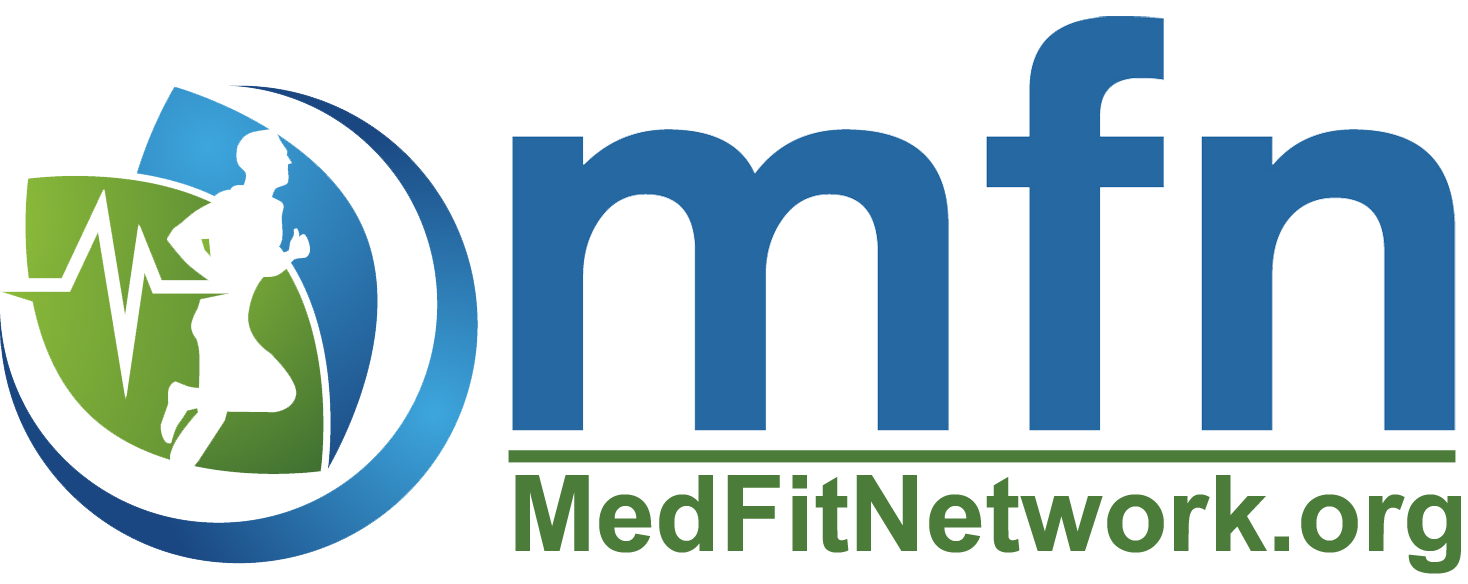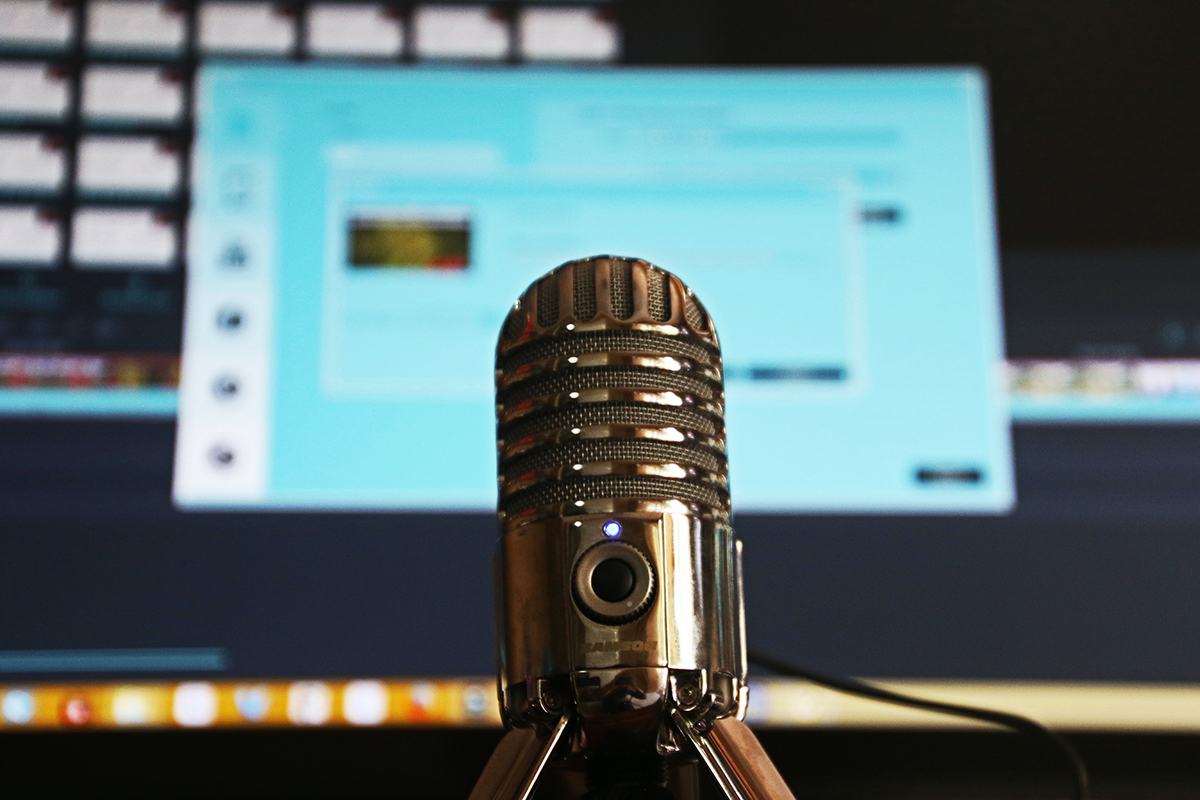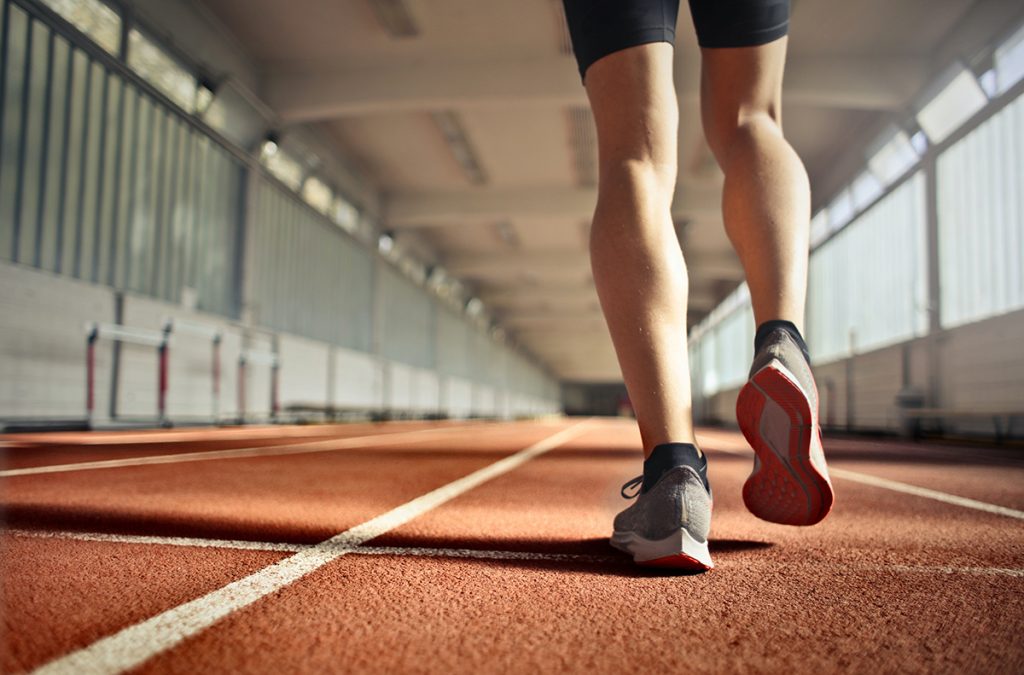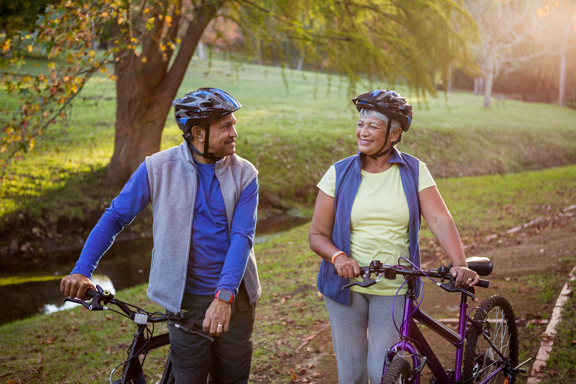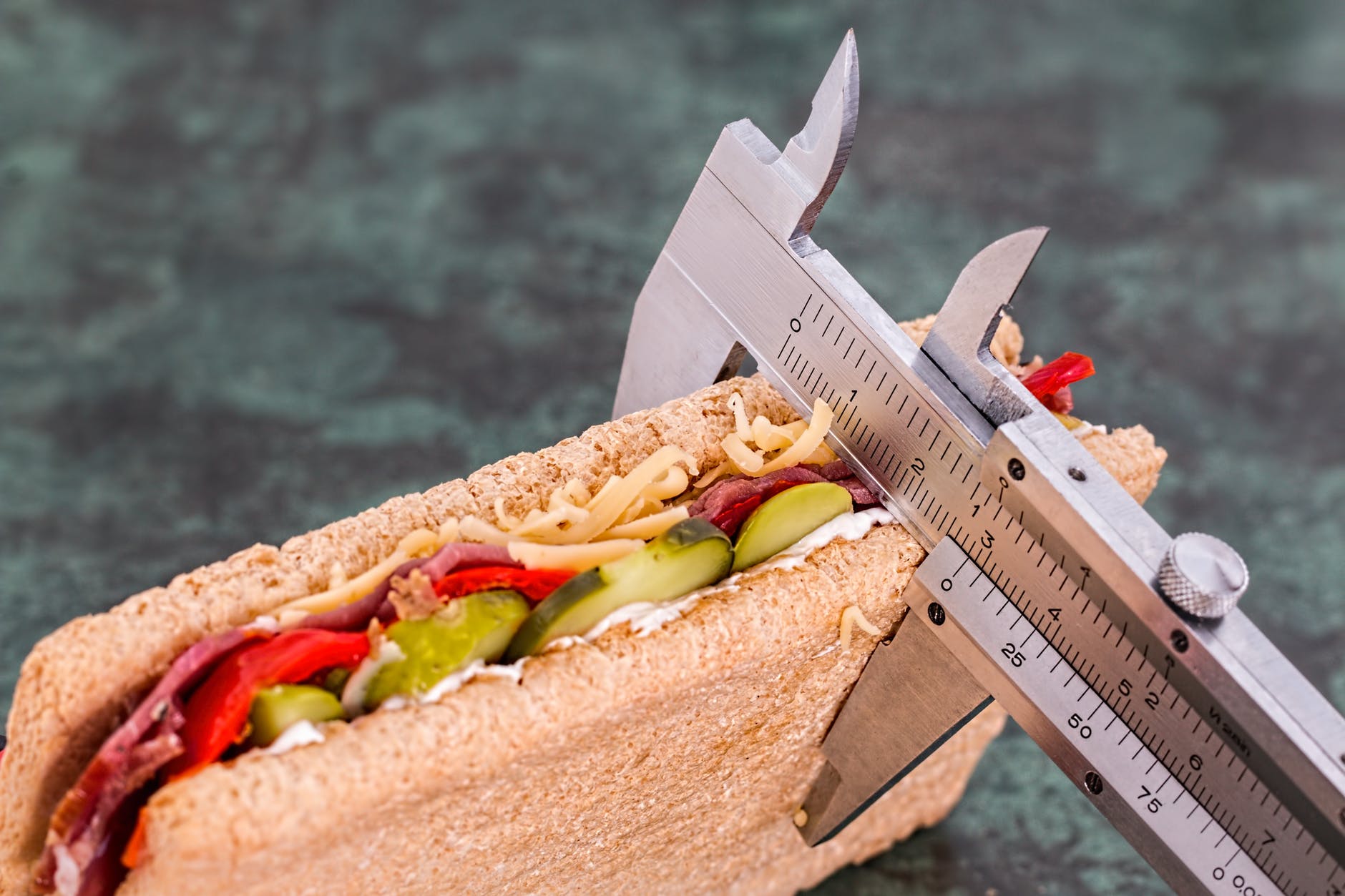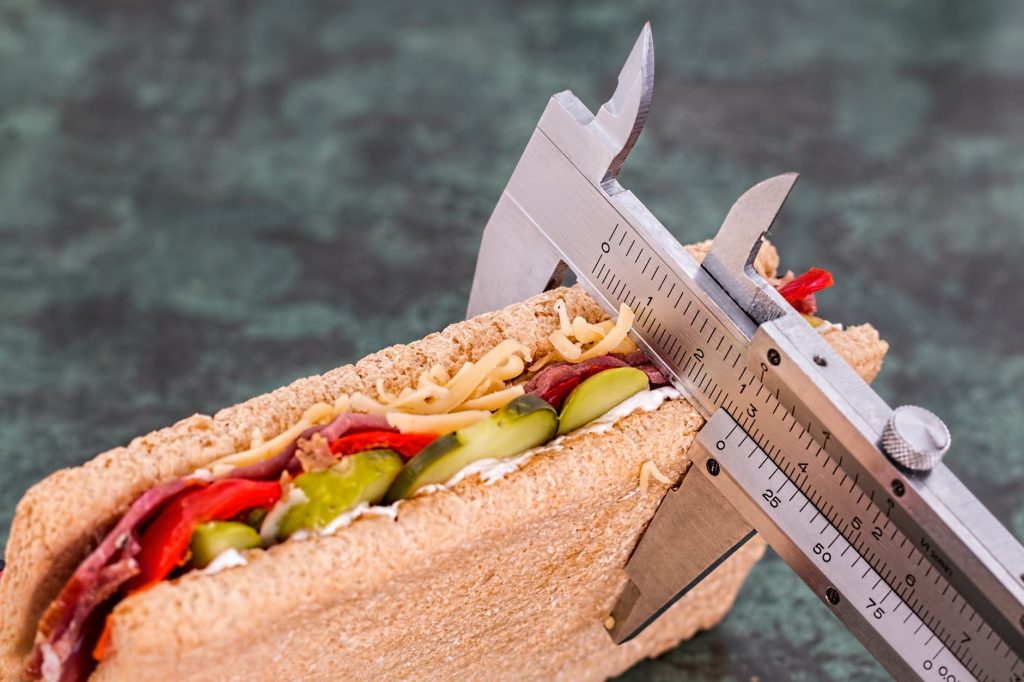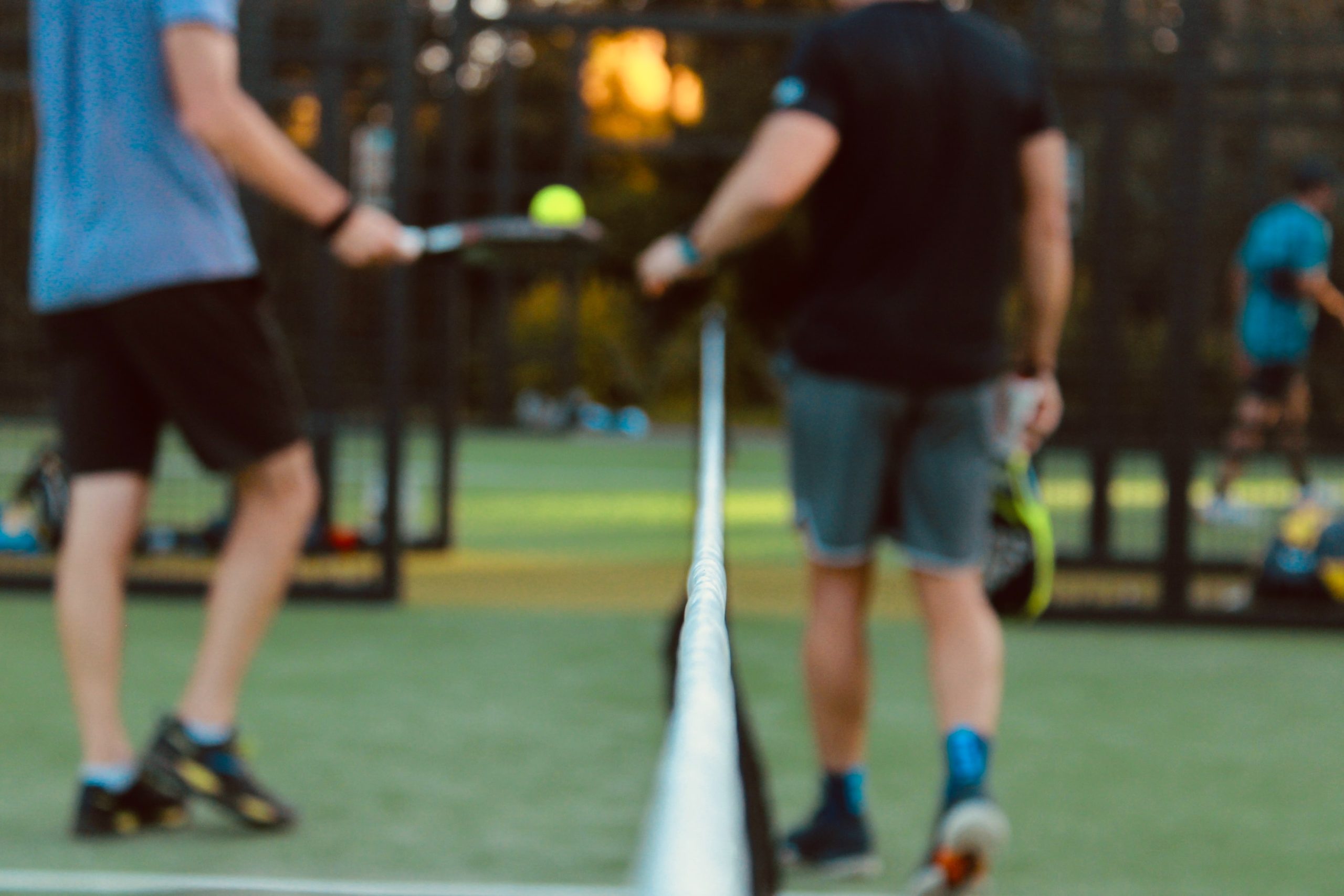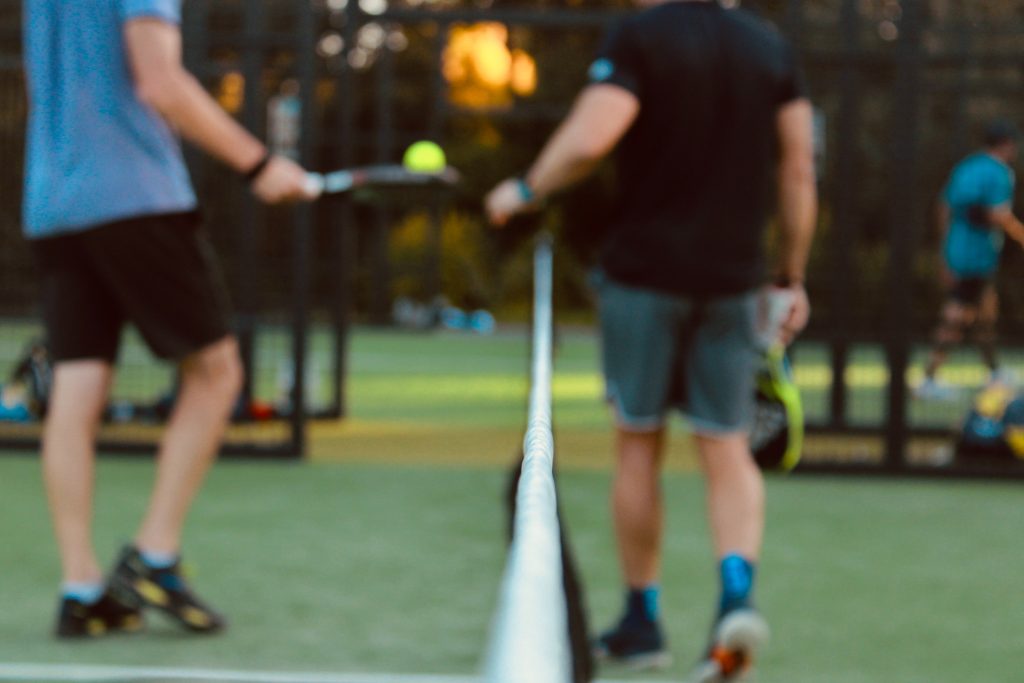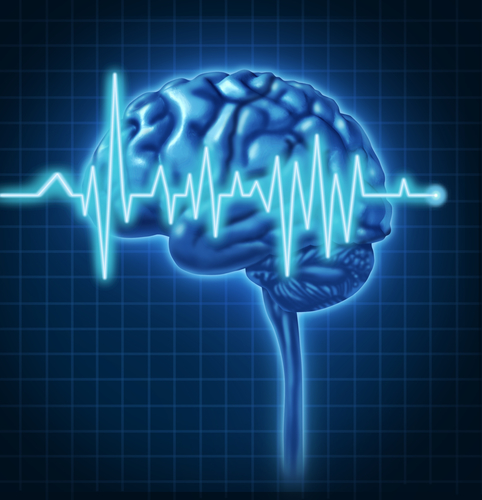Sports Nutrition Podcasts: Listen Up!
Thanks to the Internet, we have abundant access to high quality, science-based nutrition podcasts. We also have access to a lot of questionable nutrition information. To help guide your nutrition education options, I have identified a few credible podcasts that focus on general nutrition, sports nutrition, dysfunctional eating, injury recovery, and other topics of interest to athletes who strive to improve their performance. In these podcasts, you’ll find trustworthy information about what, when, and how to fuel your body for optimal sports performance, good health, and high energy.
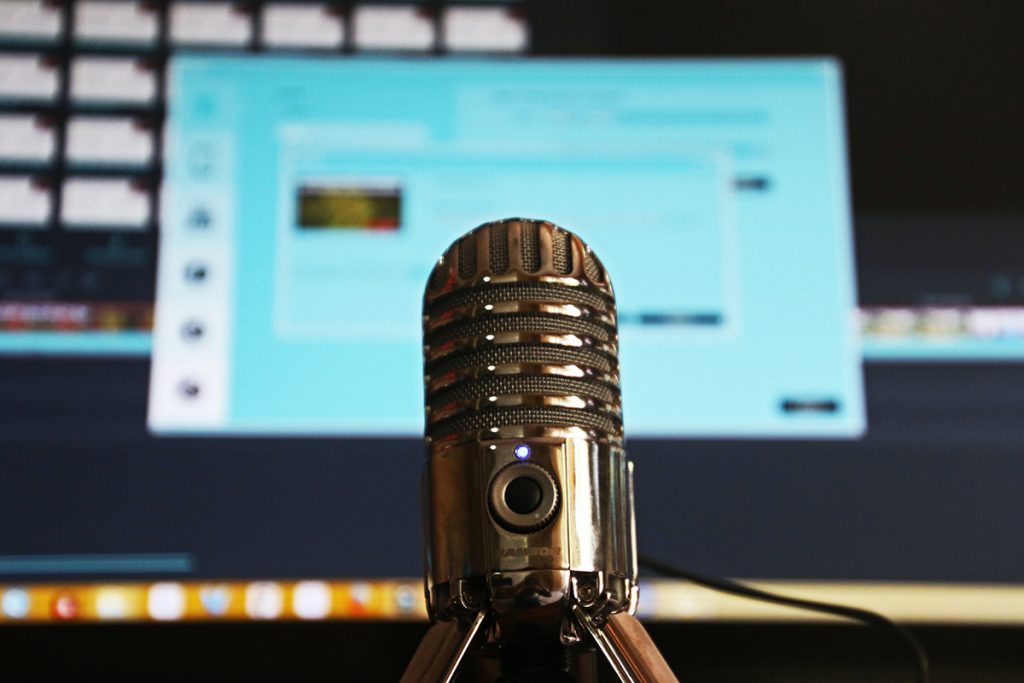
While you are spinning, running, walking the dog, or washing dishes, I hope you enjoy listening to these podcasts (some of my personal favorites). They offer an amazing opportunity to learn (for free!!!) from some top-notch researchers and clinicians.
Podcasts focused on daily nutrition topics
SoundbitesRD.com/podcast, hosted by Melissa Joy Dobbins RD.
Posted twice a month; about an hour long. Melissa is among the first dietitians to jump into podcasting. She now has recorded more than 226 episodes and has thousands of listeners. Her information is popular with dietitians and the general public alike. You’ll learn about all things related to your daily diet, with a focus on current food topics and controversies. Melissa does an excellent job of delving into the science, psychology and strategies behind good food and nutrition. A few examples of topics covered include:
• Body Image and Your Relationship with Food
• The Science of Sweetness
• Difference Between Animal Welfare & Animal Rights
Spot On! Podcast, hosted by Joan Salge Blake RD.
Posted twice a month; about 30-45 minutes long. Joan teaches nutrition at Boston University. Hence, her podcast is geared towards college students, but is of interest to everyone. Joan’s lively, engaging style will hold your attention. She interviews top experts who offer accurate and practical health and wellness information on a variety of current topics and trends, including:
• What Really Is a Sustainable Diet?
• The Latest on Food Allergies
• Do You Need to Beef Up on Protein to Bulk Up?
Podcasts focused on Sports Nutrition
The Long Munch – Nutrition for Runners, Cyclists & Triathletes, hosted by two Australian sport dietitians: Stephanie Gaskell has a special interest in gastro-intestinal nutrition and Alan McCubbin researches hydration and sodium for endurance sports at Monash University. Posted weekly, about an hour long
To familiarize yourself with the rich variety of topics addressed on The Long Munch, I suggest you listen to the Birthday Year in Review. You’ll hear a 3-5 minute summary of each weekly podcast. You then can go back for more in-depth information by listening to the episodes that interest you. Sample topics include:
• Should I get regular blood tests? If so, what should I test for?
• How much sodium should I replace during exercise?
• Are sports drinks and gels bad for my teeth?
Performance Nutrition Podcast, hosted by Dr, Marc Bubbs ND, CSCS.
Posted monthly; about 60 minutes long. Marc is Director of Performance Nutrition for Canada Basketball. In his podcast, he connects you with leading experts from around the globe and discusses nutrition topics related to performance. A sampling of topics:
• Nutrition & Training for Stronger Tendons & Ligaments
• Impact of Dehydration on Teams & Endurance Athletes
• The Misunderstood Science of Metabolism
Nail Your Nutrition Podcast, hosted by sports dietitians Marita Radloff RD & Sarah Schlichter.
Posted weekly; about 60 minutes long. Given the podcasters are athletes and moms, as well as registered sports dietitians, they handily address a variety of topics from many perspectives, such as:
• Nutrients of Concern for Plant-based Athletes
• What my Eating Disorder Took from Me
• Taper nutrition for the marathon
Podcasts offering support to athletes struggling with food, injuries & life.
Voice in Sport hosted by Stefanie Strack, former athlete and advocate for advancing women in sports.
Posted weekly, about 45 minutes long. Stef interviews women who have excelled in sports, asking about their journeys. Her guests share untold stories on topics rarely discussed, such as their struggles with body image, dysfunctional eating, mental health, and nutrition. Young athletes will find hope and inspiration from this podcast by listening to how these women survived their tough journeys. Listeners will learn they are not the only ones having a hard time transitioning from high school sports to collegiate teams to pro sports. Sample episodes include:
• Andi Sullivan, soccer pro, talks about how she built confidence and improved her mental approach to sports.
• Elyse Kopecky, author of Run Fast, Cook Fast, Eat Slow, shares her experiences as a runner facing many injuries.
• Allie Ostrander, 3-times NCAA champion runner, shares her journey with disordered eating.
The Catalyst Health, Wellness and Performance Coaching Podcast, hosted by Brad Cooper.
About an hour long. Heath coach Brad Cooper interviews best-selling authors, world-renowned researchers, elite athletes, and respected coaches in an engaging format. The overall focus is on wellness; the varied topics will expand your self-care plans. A few episodes I really enjoyed:
• Conflict: Why We’re Trapped and How to Escape
• Redefining Rich: Keys to True Wealth
• Our Hungry Brain: Why We Choose Junk and How to Change
The Injured Athletes Club hosted by mental skills coach Carrie Jackson and health/fitness journalist and runner Cindy Kuma.
Posted weekly; about an hour long. Part of being an athlete includes being injured (boohoo). That’s why these two athletes joined forces to create a community that offers support and hope to help make the recovery journey easier. They interview athletes who have recovered from injury (and also injury after injury after injury…) Topics include:
• Surviving setbacks
• Recovery from RED-S
• Expanding your identity
I hope you find this list of easy-listening podcasts to be educational, helpful for enhancing your athletic performance and well-being, and hope-filled for facing the challenges presented to athletes of all ages and abilities. Listen-up!
Nancy Clark MS RD CSSD counsels both fitness exercisers and competitive athletes in the Boston-area (Newton; 617-795-1875). Her best-selling Sports Nutrition Guidebook is a popular resource, as is her online workshop. Visit NancyClarkRD.com for more information.
